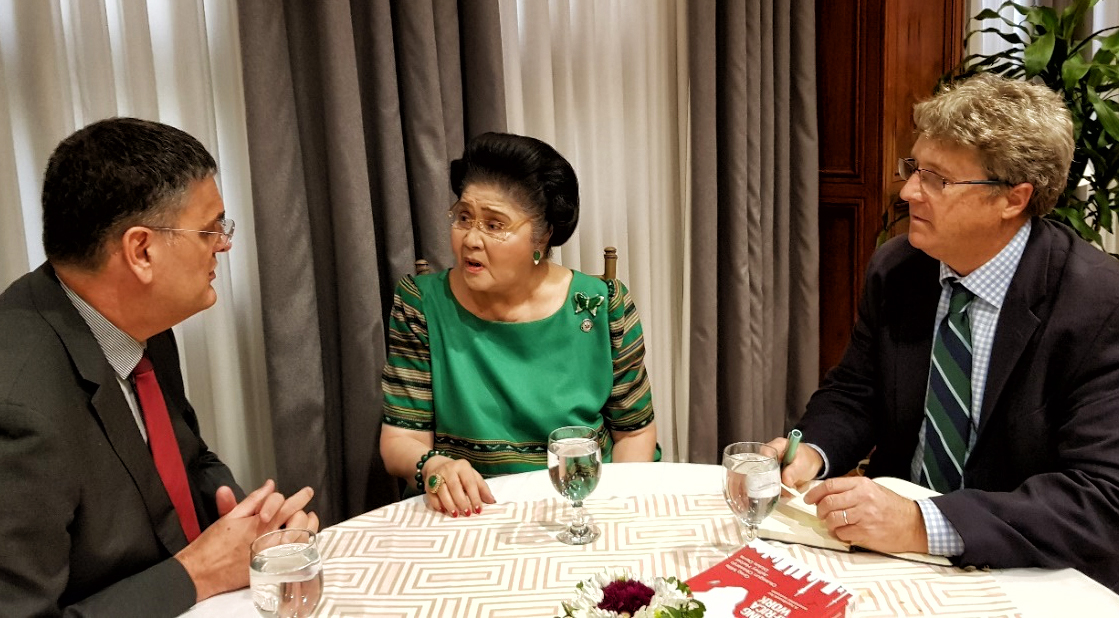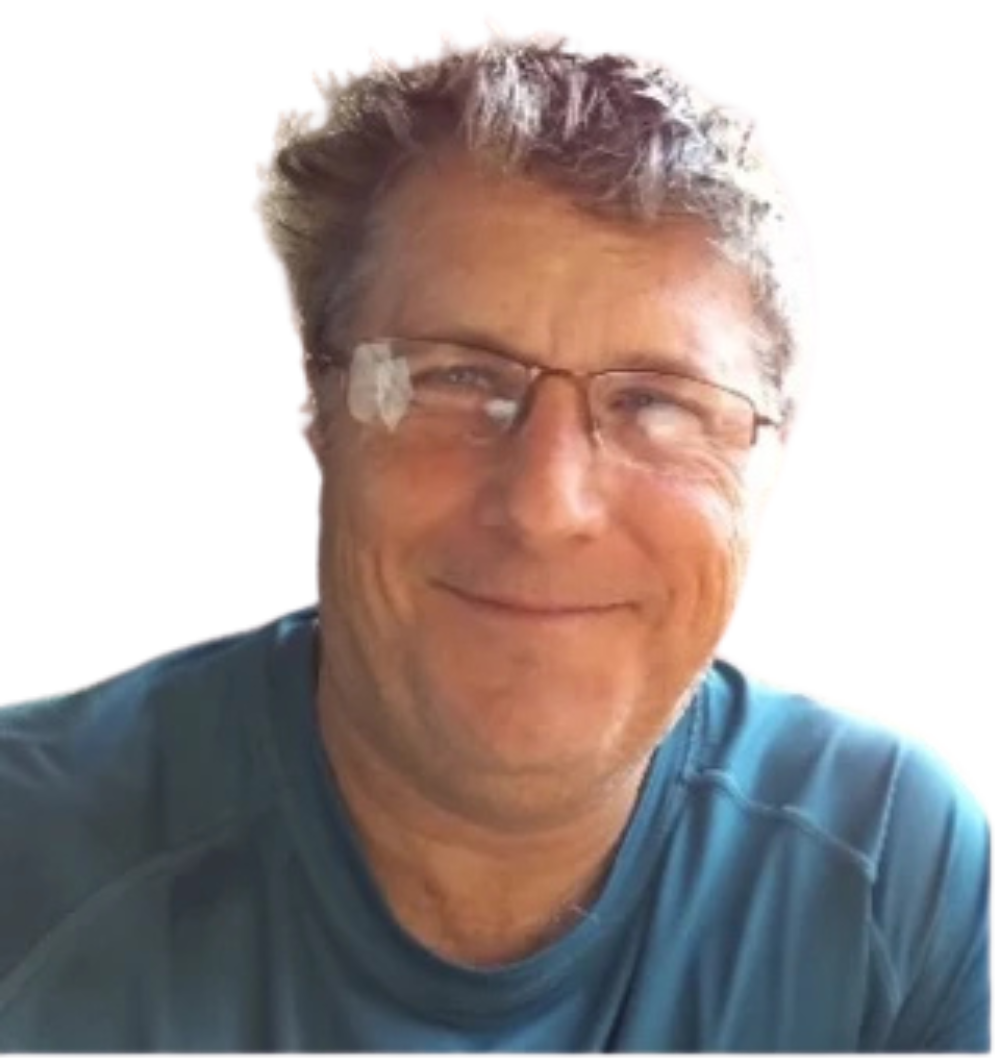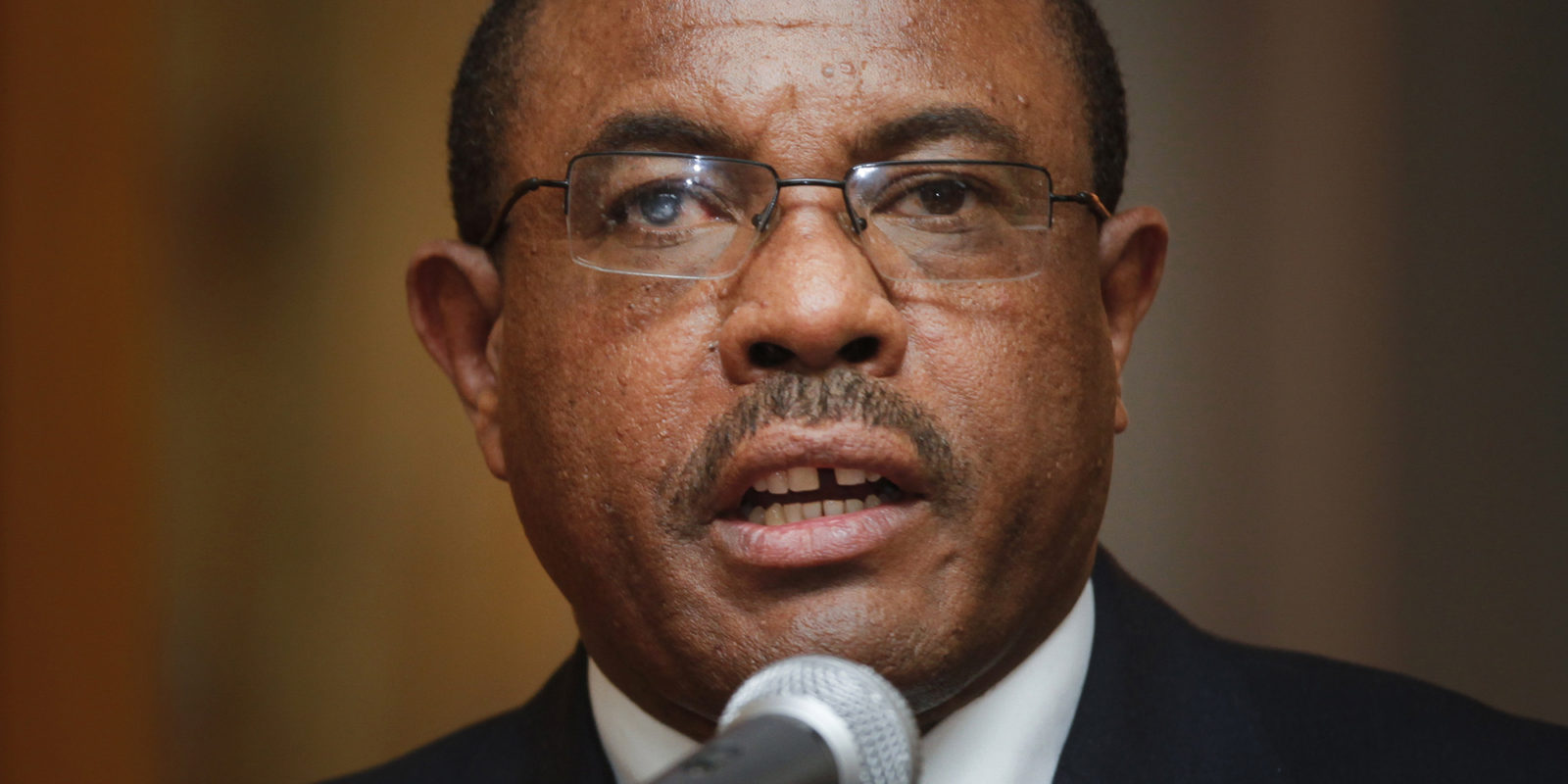News
Beware Big Men (or Women) — the Lesson of the Philippines
While democracy has brought higher growth, especially during the 21st century, this has once more been threatened by the authoritarian tendencies of President Rodrigo Duterte.

Remember Ferdinand Marcos and shoe-aholic Imelda? Growth of the Philippines economy – long considered the ‘sick man of Asia’ – has been held back by autocratic tendencies and the rent-seeking that a lack of transparency permitted, most notably during the Marcos regime. While democracy has brought higher growth, especially during the 21st century, this has once more been threatened by the authoritarian tendencies of President Rodrigo Duterte, elected in 2016, with more than 12,000 having been killed in his drug war, many of them victims of summary execution by the police.
Bad governance is a function of leadership. That’s the lesson from the Philippines.
Despite considerable wealth in natural resources and population size, the Philippines’ economy – the second-largest in Southeast Asia after Indonesia – consistently performed below the levels of its Southeast Asian neighbours during the 20th century. Slow growth was a function of consistent mismanagement and congenital corruption, reflecting weak leadership in a powerful presidential system.
But there is a long tradition of rule by big men and women.
The 22-year dictatorship of Fernando Marcos and Imelda – who it is claimed owned not fewer than 3,000 pairs of shoes – defined a combination of Latino influence and American-style executive presidency, where the grand spoils are dispatched by the leader virtually unhindered by institutional checks and balances.
Following a pattern of regular elections and a turnover in leadership from independence in 1946, a “brilliant young lawyer”, Marcos, was elected president in 1965. In September 1972 he suspended the constitution, curtailed press freedom and imposed martial law, citing communist subversion.
Known as the Steel Butterfly during her husband’s reign, the 89-year-old Imelda is today a more benign version, more forgetful grand dame than fierce consort. Still she brooks no criticism of her husband’s regime. Still a Congresswomen in 2018, she argues that “for all the bad publicity we received”, Marcos brought the country “freedom, justice and democracy”.
While some see the Marcos period as a golden age for the economy, by the end of the Marcos era in 1986, the country was deep in debt, with widening poverty and unemployment amid extensive corruption and human rights abuses. Notable businessmen and connected families swirled around the Marcos elite. Large-scale international borrowing was not used, as in Taiwan or Korea, to drive industrialisation, but for elite plunder who borrowed heavily on preferential terms, and failed to repay loans. The political system enabled them to take the money and run without suffering the consequences.
Over the past 50 years, economic growth in the Philippines economy has averaged 4.2% compared to the ASEAN average of 5.7%.
Marcos lifted martial law in 1981. But his main political opponent Benigno ‘Ninoy’ Aquino was assassinated at Manila International Airport upon his return after exile in the United States. Under pressure from Washington among others, Marcos held a snap election in February 1986. Although he was declared the winner, the process was marred by violence and reports of vote rigging. When the head of the Philippine Constabulary, General Fidel Ramos, withdrew his support for ‘Macoy’, as Marcos was nicknamed, the die was cast, “People Power” public protest under the “EDSA Revolution” (so-named after the main highway in Manila) forcing the long-time president out and into exile in Hawaii.
Corazon ‘Cory’ Aquino, widow of Benigno, became the 11th president of the Philippines on 25 February 1986. It was not a great success.
“There was chaos around her,” says one former senior member of her government, “perhaps reflecting that she was more comfortable with NGO types than those with experience in government.”
Things started to improve with the election of Ramos as president in 1992. The retired general opened up the economy to encourage private investment and reduce corruption under his vision of Philippines 2000. This included the development of the Special Economic Zone (SEZ) concept. By 2017 there were 366 SEZs across the country, including 74 manufacturing zones.
As one measure, over the last 20 years growth in the economy has averaged 5%.
Ramos was succeeded in 1998 by his deputy, Joseph ‘Erap’ Estrada, a veteran and popular film actor. In 2000 Estrada declared an “all-out-war” against the Moro Islamic Liberation Front. But he didn’t do the same on corruption. Instead he was undone by a 2001 Senate impeachment trial for taking $80-million from the government coffers. His deputy Gloria Macapagal Arroyo (widely known as ‘GMA’), a former professor of economics, stepped in, and was re-elected in 2004, serving as president until 2010. She had originally entered government in 1987 in the Department of Trade and Industry.
Under GMA the economy picked up with some gusto. Two-thirds of growth was driven by domestic demand among the 107 million-strong population. This has increased as per capita income reached the $3,000 level in 2017. Growth has been fuelled, too, by continued remittances. More than 11 million Overseas Filipino Workers (OFWs) labour in the diaspora, sending home over $28-billion in 2017, or just under 10% of GDP, doubling over the last decade. Tourism, too, has been a significant growth sector, arrivals more than trebling from 2000 to number 6.6 million in 2017.
Services are responsible for creating between 60-70% of all new jobs in the Philippines, with as many as three million in the IT sector alone. Increasing consumerism is also driven by a change of employment. The Philippines economy has been revolutionised in this regard by the drive to Business Process Outsourcing (BPO), with more than 1.3 million working in an industry worth $22-billion to the economy, or as much as 15% of the global total, and which has enjoyed consistent double-digit growth.
Over the last 10 years, growth in the Philippines economy has averaged 5.6%, twice that in the 1970s.
General Douglas MacArthur, who had fled the Philippines in the face of the Japanese advance in 1942, famously declared on arrival in Australia, “I shall return?”, which he did at the war’s end three years later, wading purposefully ashore behind ubiquitous aviator sunglasses.
He was, again, not alone. Many Filipino politicians do, over and over again, most discounting significantly the country’s growth potential.
In 2007 Estrada was sentenced to a life sentence for corruption. Pardoned by his one-time deputy (and automatic successor) Gloria Arroyo, he ran for president in 2010. Defeated resoundingly by Benigno Aquino III, son of Cory, Estrada was elected Mayor of Manila in 2013. In July 2018 Arroyo was elected Speaker of the House of Representatives. Both she and Ramos have enjoyed something of a political renaissance given their support for President Duterte.
Most Filipino presidential careers end badly, it seems. Estrada’s dismal presidential conclusion was not unique, sadly. In November 2011, Arroyo was arrested on charges of electoral fraud and later arrested again on charges of the misuse of state lottery funds, on both of which she was later acquitted after four years under “hospital arrest”. Her oldest son, Mikey, is a former congressman (2004-10) and actor, who has run into scandal over a failure to declare earnings.
Arroyo was succeeded as president by Benigno Aquino. Within months of leaving office in 2016, Aquino stood accused of a range of corruption charges.
The persistence of such dynasties and corruption controversies reflects the weakness of government institutions over personalities in the Philippines. Politics, put differently, is a family business where personalities and their networks are more important than parties, ideologies or ideas.
Imelda, unsurprisingly, does not see anything particularly problematic about this. Her oldest son Ferdinand ‘Bongbong’ Marcos Jr is a Senator and Vice-Presidential candidate, having first been elected to the Philippine House of Representatives at the age of 23 and succeeding as Governor of the Province of Ilocos Norte, his father’s power base, from 1983 to 1986. His sister María Imelda ‘Imee’ Marcos is the Governor of Ilocos Norte. Before that, she served three terms as Representative of the 2ndDistrict of Ilocos Norte in the House of Representatives from 1998 until 2007.
Senator Gregorio ‘Gringo’ Honasan, who led several failed coups as a Special Forces officer against Ferdinand Marcos and, then, Cory Aquino, says that “we are a product of our limited choices. Political parties do not exist in this country.
“It’s all about personality choice,” says the retired Colonel, 70 in 2018.
Honasan, who stood unsuccessfully for vice-president in 2016, says this is worsened by the funding regime for parties which receive no money from the state. As a result, whoever funds the party is usually its leader; a patronage principle exacerbated by the 30,000 or so jobs the president can immediately, upon assuming office, dispense.
Elitism plays into other areas, including the weak institutional basis of government, and a dismissive attitude towards widespread poverty.
Skipping puddles of sewerage is a main preoccupation in the muddy alleys of Manila’s Helping Land slum. Sandwiched between two container depots at the capital’s port, its inhabitants process rubbish for their living. Sari-Sari hole-in-the-wall convenience shops ply their penny packet wares and women wash pots where children and mangy dogs and cats splash their way. The purpose is to separate rubbish from income, one corner devoted to plastic, another to paper, and the most overpowering to the production of Pag-Pag from fast-food waste, then recooked and sold.

Manila is the most densely populated city in the world, with 42,857 per km2, while its wider National Capital Region (NCR), where 40% of GDP is generated, accommodates an estimated 13 million people. The slums of Tondo, including Helping Land and Happy Land, contain not fewer than 73,000 per km2.
Problems with logistics and infrastructure are linked to the challenge of lifting the quarter of Filipinos who are currently in poverty.
Politics and economics in the Philippines are shaped by criss-crossing fault-lines, the extent to which partly relates to the distance from the national capital region (Manila), in which religion, ethnicity, and the presence of economic opportunities and investment from the central government all play a part.
Enter Rodrigo Roa Duterte, also known as Digong or Rody, the winner (with 39% of the vote) of the 9 May 2016 election, the first president from the southern island group of Mindanao, projecting himself as an agent of change against the elites and “imperial Manila”.
A lawyer by training, Duterte worked as a prosecutor for Davao City, before becoming vice-mayor and, subsequently, mayor of the city for 22 years following the 1986 revolution. Famously foulmouthed and described as a populist and a nationalist on account of his support for radical crime fighting measures, including the extrajudicial killing of drug users and other criminals, anti-Americanism and outspoken criticism of the church, Duterte has both confirmed and denied his involvement in Davao death squads. During his presidential campaign, he promised to reduce crime by killing tens of thousands of criminals.
These are popular messages for Filipinos, tired of worn promises from the political status quo. Even though they had come off their peak, two years into his presidency Duterte still had approval ratings of 65%.
His promises are popular, though perhaps inevitably dangerous, not just because of the extrajudicial issues, but because his rule threatens to undermine the system of government and already fragile institutional checks and balances.
While he has presented himself as a fresh alternative, Duterte is not immune either to concerns about political nepotism. His daughter, Sara, has taken over from him as mayor of Davao City, having previously served as his deputy when both faced corruption charges. His oldest son, Pulong, resigned as the deputy mayor of Davao in January 2018, his name having come up in Senate investigations into Shabu (crystal meth) smuggling along with his sister’s husband.
Yet he remains popular, for now, for two reasons:
Despite the divides of wealth and concerns about rising inflation and a widening trade deficit, the economy continues to boom, benefiting from a stable macroeconomic environment of low inflation and low debt-to-GDP ratio, maintaining a healthy domestic demand, and from regional growth, too, in exports.
His brand of populism also presents an alternative to business-as-usual practices, an appeal to people over the political elite.
The gap between social expectations on the one hand and state capacity and promises on the other is at the crux of this phenomenon. The cost is to liberal constitutionalism. Ignoring the cost to international relations of the president’s outspokenness, for a country already weak in checks and balances, this is unlikely ultimately to be a productive path.
The conditions that lend themselves to success in the Philippines, experts agree, require improving efficiency in the public service, institutional oversight, policy inclusiveness and predictability, a healthy relationship between government and business, and the reduction of various social schisms.
These are lessons, it seems, for others beyond the Philippines.
This article was originally published on The Daily Maverick.


